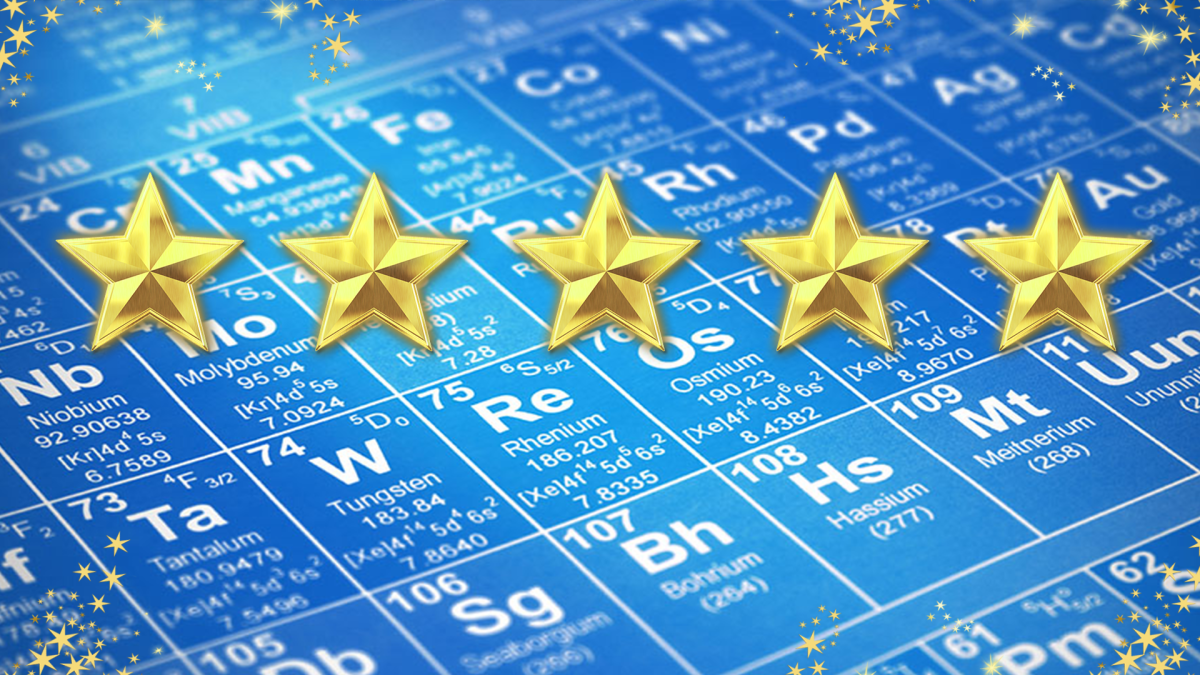
The Science and Business of Life Expectancy: Part 4 - Your Life Insurance Policy
by Jennifer Cooke
In this final lesson, students will use a life expectancy model to figure their likelihood of dying at a certain age
They will use this answer to calculate their best life insurance policy, and connect the science of life expectancy to other areas of society beyond life insurance.
This lesson is calculator-heavy. Best practice is for you to complete the calculations first. Recommend you do the connection and reflection exercise yourself on how science & business of life expectancy illuminate and cut across other parts of society, disciplines.
Lesson Plan Link/URL
https://docs.google.com/presentation/d/1O9Fkf6bvKwbH3JpXuaYtVJvur-bgpFBFKJ4_7If…Subject Area
Science Life Science L3: Genetics & Heredity Technology Mathematics Measurement and Data (MD) Statistics and Probability (SP) Algebra (A) English Language Arts (ELA) Writing Speaking & Listening
Featured
Off
Related Content

Grades:
9th Grade, 10th Grade, 11th Grade, 12th Grade
Students pull wooden "sleds" with different masses on them over various types of surfaces with spring scales (force meters) to calculate the different coefficients of friction. Students graph the data

Grades:
9th Grade, 10th Grade, 11th Grade, 12th Grade
The first rule in the chemistry lab is “don’t eat or drink or lick anything in the lab”! This lesson breaks those rules and shows students how culinary is really a practical application of chemistry

Grades:
9th Grade, 10th Grade, 11th Grade, 12th Grade
This lesson is a follow-up to the lesson titled "Creating Sustainable Solutions with Bioplastics Part 1". In this lesson, students evaluate different ingredients for bioplastics and create a minimum

